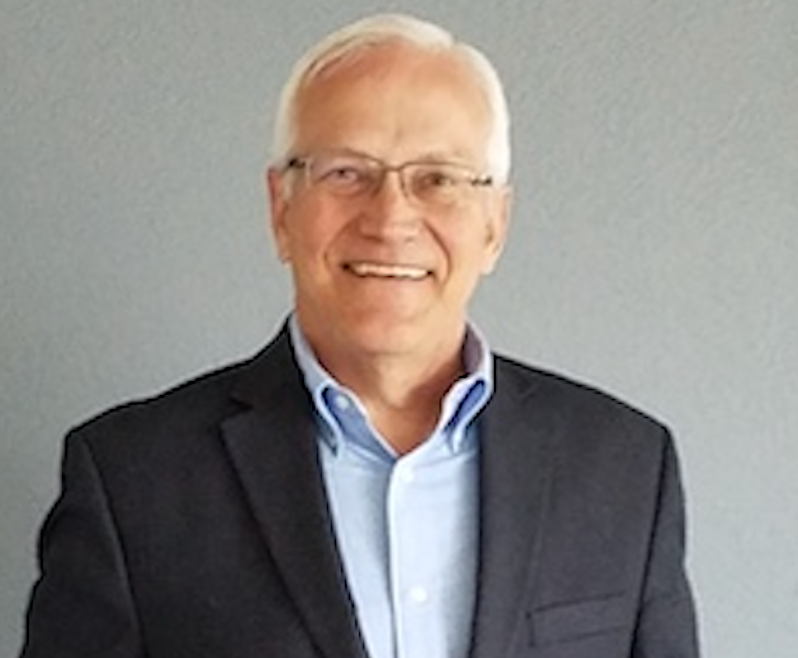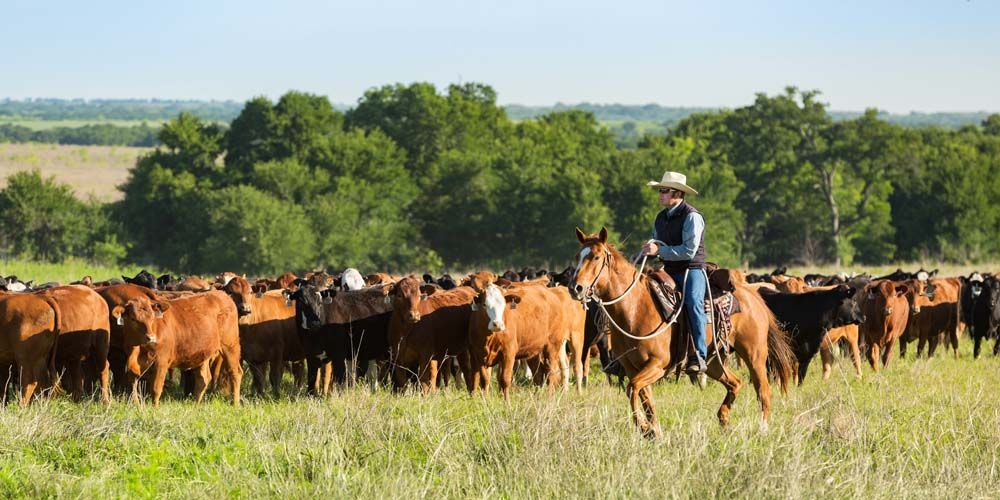Home Again, Again
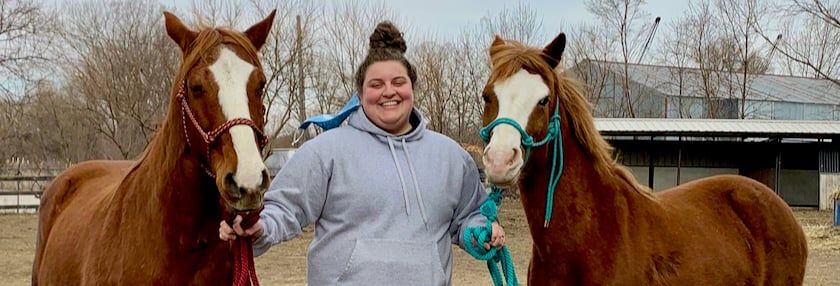

New home brings healing for rescue horses
How do you heal a broken heart, especially if it’s that of an animal abused for most of its life?
For Leslie Tolan, the answer began when she and her husband Matt moved into their 4-acre home outside Waverly, Iowa in January 2021. Within two months, they had adopted both a pony and horse from the Animal Rescue League (ARL) of Iowa. The majority of ARL placements are dogs and cats, but it also offers a “Barnyard Friends” program—which attracted Leslie not only because of her teenage FFA experiences but also because of her day job as a veterinary technician in Cedar Falls.
“I went to ARL in Des Moines to meet a pony,” Leslie recalls. “They brought her into a barn, and they also brought in a horse as a companion for her. They put them back into the dry lot, the horses rubbed up on each other and it was easy to see they loved each other.”
Questionable backgrounds
The pony and horse—named Reba and Dolly—were not rescued together, although they had both been at ARL for some time. Reba, approximately 11 years old, was the most malnourished and neediest of five Welsh ponies whose owner/breeder had simply stopped feeding and caring for them.
Less is known of Dolly’s background, but the 12-year-old quarter horse came to ARL when another rescue dissolved. A veterinarian later acknowledged, “She has battle wounds on her neck and shoulders; I’m guessing she was abused.” Leslie adds, “It would make sense as Dolly is slow to trust and leery of people.”
Reba, on the other hand, brings a spunky attitude as the more outgoing of the two. Although they weren’t a bonded pair when Leslie first went to see them, she realized she couldn’t adopt just one.
“I would have felt terrible taking just one. That’s when they did the 2-for-1 rescue, and now they’re inseparable.”
Challenges at home
Leslie noted the challenge of settling in at their new acreage only two months before getting the horses. The previous owners had goats, which don’t require fencing as strong as horses, while the fencing in the dry lot outside the barn was falling over and in disrepair. The Tolans removed that and built new fencing for the dry lot in front of the barn and also added two sturdy livestock gates.
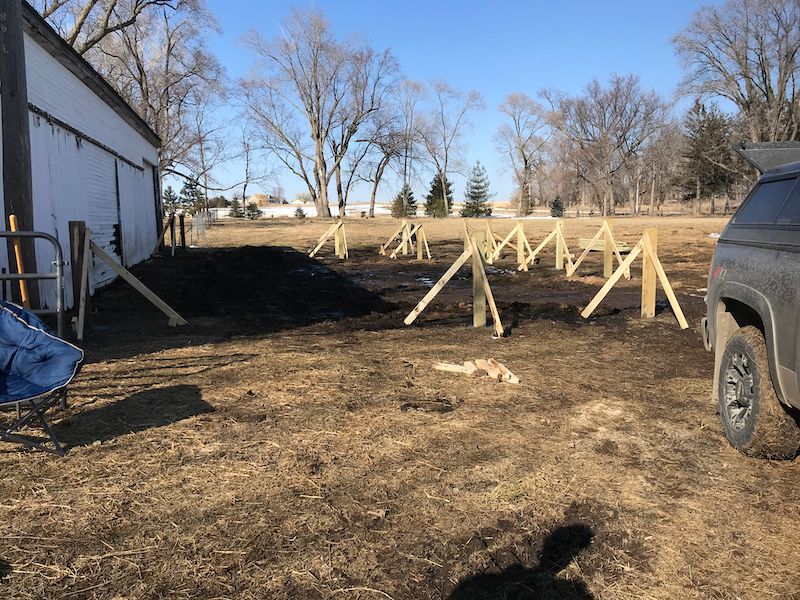
“Our barn is nothing fancy, but it is shelter and they like to be in there,” Leslie said. “We brought pine bedding in there too.”
She described her adoption experience with ARL as excellent. “If they approve your preliminary application, they invite you to schedule a meeting with them and the horse you are interested in. I went down two separate times and then went through two training sessions. Their trainer walked me through what the horses knew. Dolly knows when you stick out your hand to touch her nose to it. They know the word ‘foot’ so they lift it up when you say it. They walked through how they go about putting a saddle blanket on them and things like that.”
Leslie noted that prospective horse owners must apply and send pictures or videos of their facility and fences. Usually, ARL will conduct a site visit, but because Des Moines was two hours away the photos were deemed sufficient.
“They appreciated that I work in a vet clinic and that I have a lot of understanding of veterinary medicine,” she continued.
A manageable menagerie
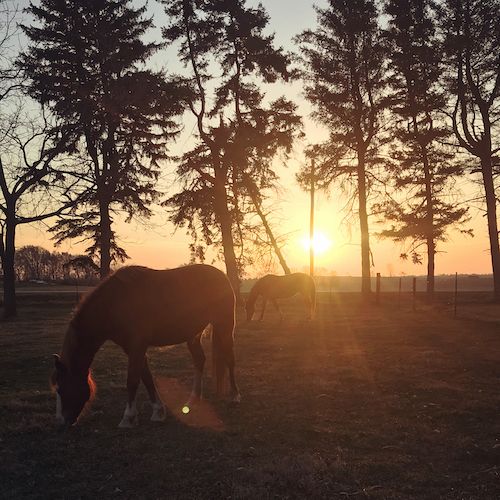
In addition to Reba and Dolly, the Tolan acreage is home to 34 other animals—consisting of 23 chickens, five cats, four dogs, and two goats. After first being oblivious to the other animals, the horses now get along famously with all their yard mates.
What advice would Leslie give anyone considering adoption of a rescue horse?
“It takes a lot of work,” she said. “Be responsible about what you can afford and find out all the costs.”
Especially hay—Leslie handled a neighbor’s sheep chores this summer in exchange for hay.
For Further Reading:
Reporting Animal Cruelty
Tags:Acreage Accents

Acreage Life is part of the Catalyst Communications Network publication family.





